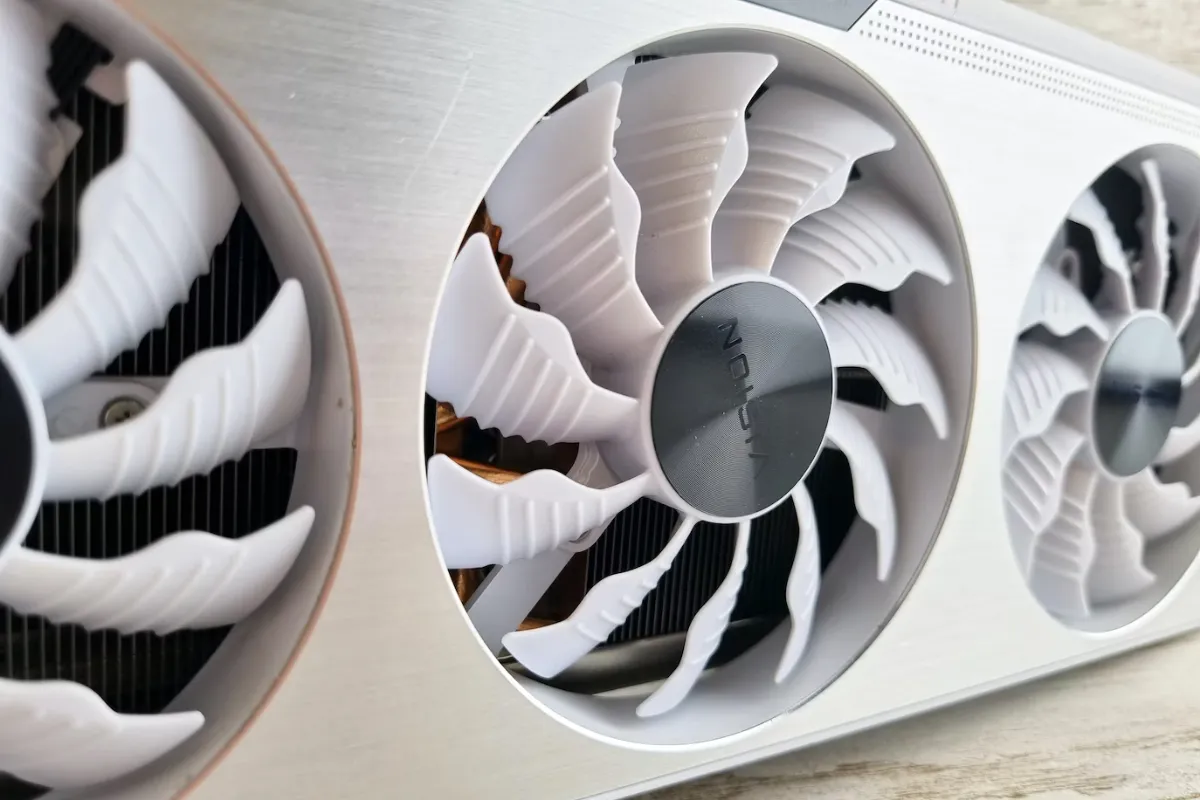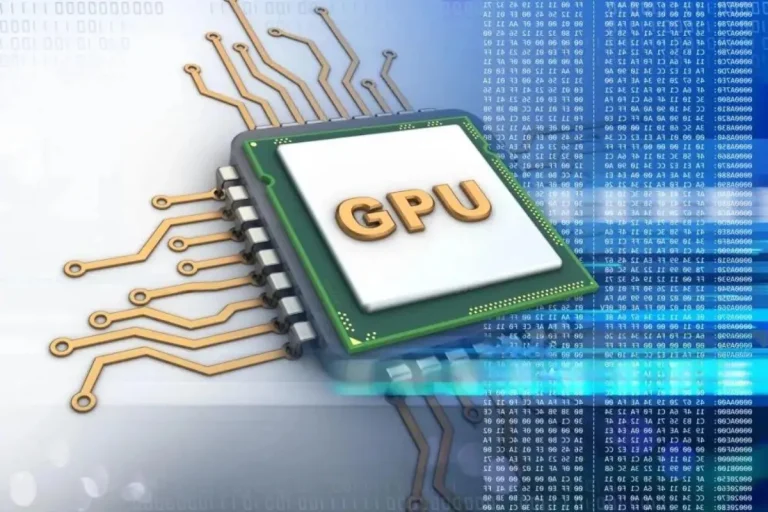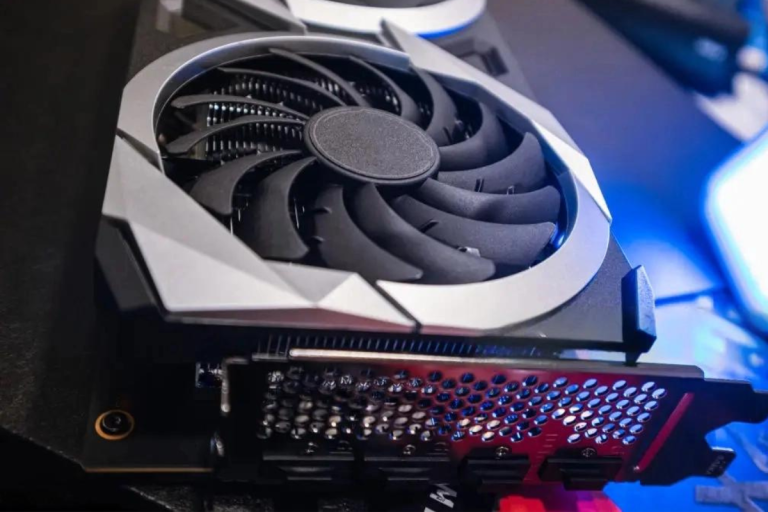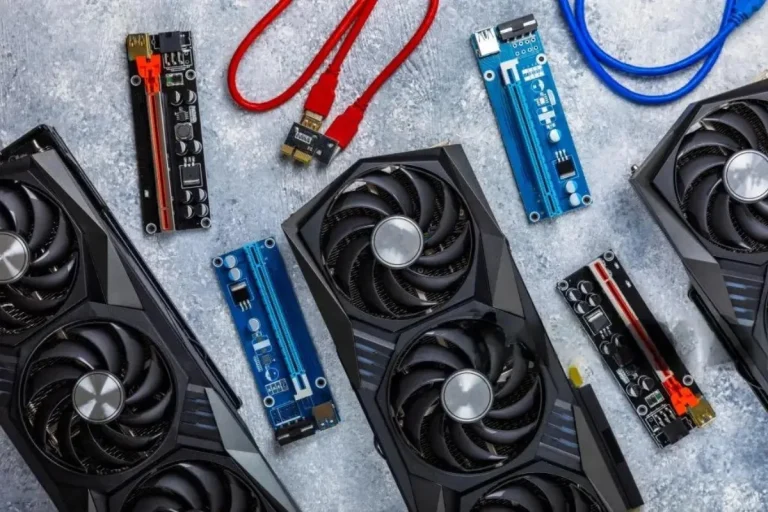How do I check if my GPU fan has any problems?
Is your computer’s graphics card acting up? Worried about potential fan issues? When it comes to your GPU’s performance, a healthy fan is crucial. We’ll walk you through the steps to check if your GPU fan is functioning properly, helping you avoid overheating and maintain optimal performance.
Physical Inspection
When it comes to troubleshooting your GPU fan, a physical inspection is an essential step. By carefully examining the fan and its surroundings, you can identify any physical damage or obstructions that might be affecting its performance. Here’s how to do it:
- Begin by shutting down your computer and unplugging it from the power source. Carefully open the computer case to gain access to the internal components. Remember to follow safety precautions and handle the components with care.
- Once the computer case is open, locate the graphics card (GPU) within the system. The GPU is usually a separate card inserted into a dedicated slot on the motherboard. Look for the fan attached to the GPU, as it is responsible for cooling the card.
- Take a close look at the GPU fan. Look for any signs of physical damage, such as broken or bent fan blades. Ensure that no loose cables or other objects are obstructing the fan’s movement. If you notice any damage or obstructions, it may be necessary to repair or replace the fan.
Testing the Fan
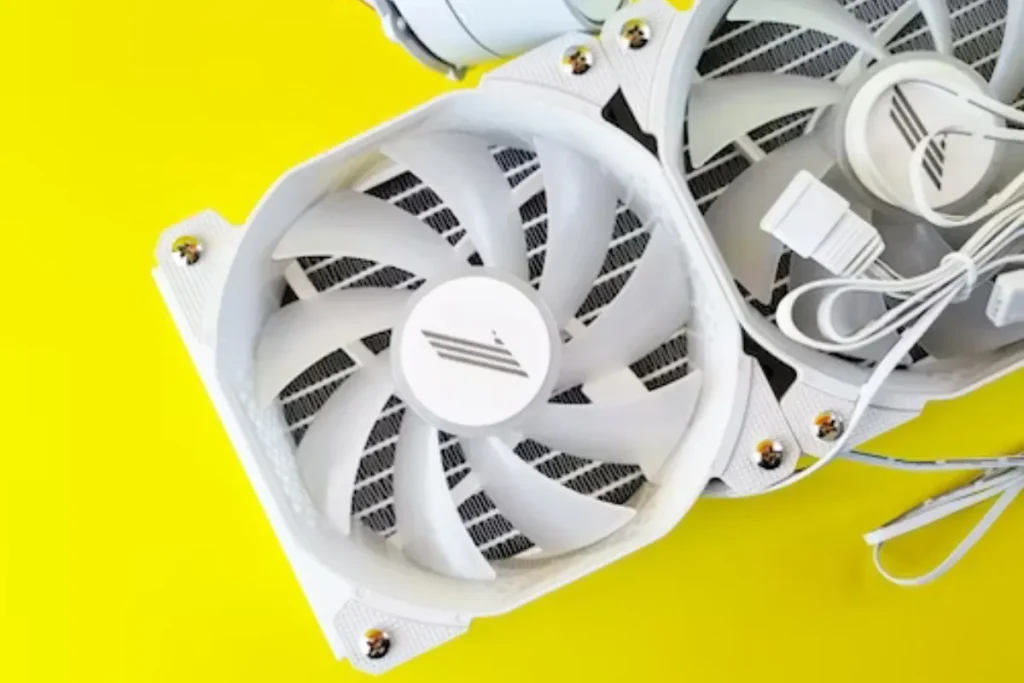
To ensure that your GPU fan is functioning properly, it’s important to test it under real operating conditions. This will help you determine if the fan responds appropriately to temperature changes and if it can handle demanding tasks without overheating. Here’s how you can test your GPU fan:
- Start by powering your computer and letting it run normally. Then, open a resource-intensive application or a graphics-intensive game that will put a significant load on your GPU. This will simulate a scenario where the fan needs to work harder to cool down the graphics card.
- Use monitoring software to keep an eye on the fan speeds and temperatures of your GPU. There are various software options available, both from GPU manufacturers and third-party developers. These tools will provide real-time data, allowing you to closely monitor the performance of your GPU fan.
- As the demanding application runs, observe how the fan speeds up or slows down in response to the increasing or decreasing temperatures. The fan should ramp up its speed when the GPU temperature rises and slow down when the temperature decreases. This indicates that the fan is working correctly to regulate the temperature.
Troubleshooting Fan Issues
Encountering problems with your GPU fan can be frustrating, but there are steps you can take to troubleshoot and resolve them. From updating GPU drivers to adjusting fan curves and seeking professional assistance if needed, here’s what you can do:
- Outdated or incompatible GPU drivers can sometimes cause fan issues. To address this, visit the website of your GPU manufacturer and download the latest drivers for your specific graphics card model. Install the updated drivers and restart your computer.
- Many GPUs come with software that allows you to customize fan settings. Open the software provided by your GPU manufacturer and navigate to the fan control settings. Here, you can adjust the fan curve, which determines how the fan speed responds to changes in temperature.
- If you’ve tried updating drivers and adjusting settings without success, or if you’re uncomfortable performing troubleshooting steps on your own, it’s best to seek professional assistance.
Frequently Asked Questions
1: How can I tell if my GPU fan is working properly?
You can check if your GPU fan is working properly by visually inspecting it for any physical damage or obstructions. Additionally, you can monitor the fan speeds and temperatures using monitoring software while running demanding applications to ensure they respond appropriately.
2: What should I do if my GPU fan is making unusual noises?
If your GPU fan is making unusual noises like grinding or rattling sounds, it could indicate a problem. Try cleaning the fan and its surroundings to remove any dust or debris that might be causing the noise. If the issue persists, it may require professional assistance to repair or replace the fan.
3: Why is my GPU overheating even though the fan is spinning?
If your GPU is overheating despite the fan spinning, it could be due to a variety of reasons. Check if the fan is spinning at an appropriate speed and if the heatsink is properly attached. Ensure that the thermal paste between the GPU and heatsink is applied correctly.
4: Can software updates fix GPU fan issues?
Yes, software updates, specifically GPU driver updates, can sometimes fix GPU fan issues. Outdated or incompatible drivers can cause fan problems, so it’s recommended to visit the GPU manufacturer’s website and download the latest drivers for your graphics card model.
Q5: Should I adjust the fan curve settings in my GPU software?
5: Adjusting the fan curve settings in your GPU software can help optimize the cooling performance of your GPU. It allows you to customize how the fan speed responds to temperature changes.
Conclusion
Ensuring the proper functioning of your GPU fan is crucial for optimal performance and longevity. By visually inspecting the fan, monitoring its speeds and temperatures, addressing unusual noises, and updating software, you can identify and resolve potential problems. Remember, a well-maintained GPU fan leads to a cool and smooth gaming experience.
